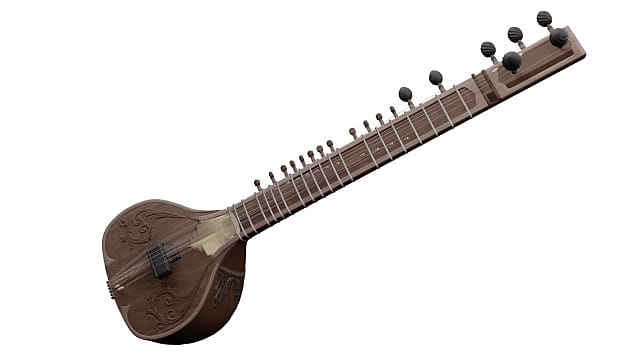

This resource is not yet rated. Why not leave your own review?
Our models enhance engagement, encourage curiosity and generate questions from learners. If you want to know more about using 3D and AR models, take a look at this useful guide.
Use this model to support learning about music alongside other Twinkl resources and discover a new level of engagement.
How can I use the Sitar 3D Model?: Examine the sitar from all angles and compare it to this model of a cello. What similarities and differences are there between the two instruments? What about the way in which they are played? Write some notes about both and present your findings to the class.
How can I use the Sitar AR Model?: Bring the sitar to life in your classroom with our model viewer. Do you think this instrument is easy or challenging to play? Give your reasons why.
For other 3D and AR models to support your teaching on creative arts, take a look at the Musical Instruments collection.
The sitar is a stringed instrument that comes from the Indian subcontinent. It has developed over the centuries to have up to 21 strings. Seven of these are strung over raised frets and are actually played. The remaining strings run underneath and vibrate to produce sound when the upper strings are played - these are called sympathetic strings.
Traditionally, sitars are made of teak wood and gourds from the calabash plant. The gourds act as resonating chambers for the sound. The bridges used to be made from dark wood, camel bone or deer horn. Modern day sitars are usually made out of wood and synthetic materials.
 Home
Home  Membership
Membership  Customer Support
Customer Support  Create
Create  Blog
Blog 
